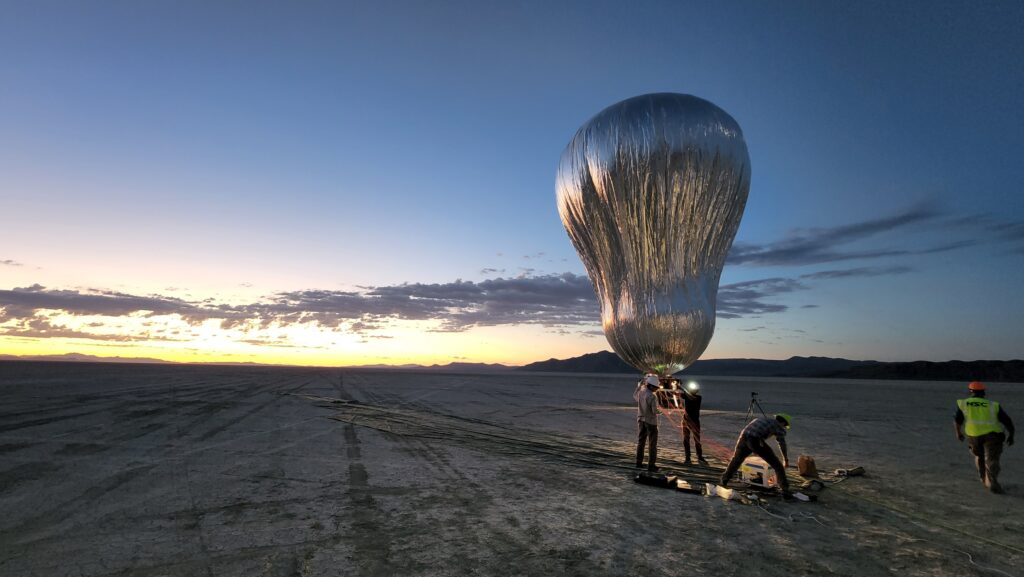A group of engineers from NASA’s Jet Propulsion Laboratory (JPL) and Near Space conducted successful tests of a prototype robotic balloon (aerobot). In the future, such a device can be used to study the atmosphere of Venus.
The most dangerous planet in the Solar System
Venus is the most “aggressive” planet in the Solar system. The combination of enormous temperature and pressure makes any projects to study its surface extremely difficult.

At the same time, if we climb higher, we can find an area that surprisingly resembles our planet. It is located at an altitude of 50 — 55 km above the surface of Venus. The pressure at this level is about the same as on Earth, and the average temperature is kept in the range of 20 °C – 40 °C. This provides a very interesting opportunity to study the atmosphere of the planet using a lighter-than-air aircraft.
In 1985, two Soviet Vega stations dropped stratostats into the atmosphere of Venus. They worked for 46 hours (until the battery charge was exhausted), proving the possibility of its research in this way. But, despite the success of the experiment, since then no one else has tried to study Venus with the help of aircraft. A team of engineers from JPL and Near Space plans to correct this omission and build an aerobot that will be able to survive in the atmosphere of the planet for at least 100 days.
Aerobot for exploring Venus
The project developed by JPL and Near Space provides for the construction of a “double” balloon with a diameter of 12 meters. It will consist of a rigid inner tank filled with helium under high pressure, and a sealed outer ball that can expand and contract. The idea is that to increase the height, helium will flow from the inner tank to the outer balloon. Its expansion will provide the aerobot with additional lift. If necessary, to reduce the height, helium will be pumped back into the tank.

The designers also took into account the aggressive composition of the atmosphere of Venus, which in particular is famous for its clouds of sulfuric acid. The outer shell of the aerobot will be made of a multilayer material, including an acid-resistant coating, a metallized layer to reduce solar heating and a structural inner layer strong enough to attach scientific instruments to it.
To prove the concept’s operability, the project authors carried out two tests of its prototype. They were held in the Nevada Desert. During the tests, the prototype rose to a height of 1200 meters (the temperature and pressure at this level are similar to the temperature and pressure at an altitude of 55 km above the surface of Venus). According to the engineers, the tests were successful. The data collected during them will be an important step towards the creation of an airboat. They can also be used in projects to explore our planet using stratostats.
You can also read about the first ever private mission to Venus, which will be launched by Rocket Lab next year.
According to https://www.jpl.nasa.gov
Follow us on Twitter to get the most interesting space news in time
https://twitter.com/ust_magazine

